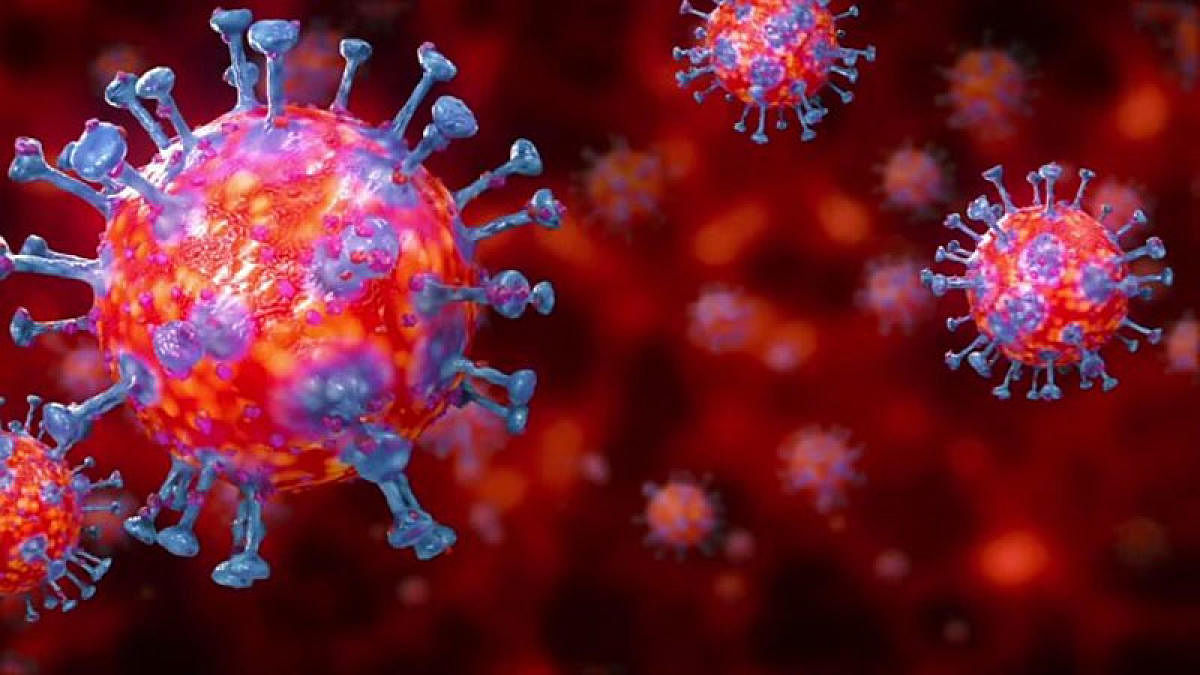
Doctors are increasingly seeing Covid-19 survivors with digital ischemia (or blue-toe syndrome) which is a painful and often disfiguring condition. In the case of a 58-year-old woman, however, the “blue” toes actually signified a more serious and rare condition that nearly took her life.
Dr C N Manjunath, director of Jayadeva Hospital, explained that ischemia, which means decreased blood supply, is caused by the formation of a blood clot which accumulates in the arteries of the legs and the hands. In Covid-19 survivors, it is triggered by heart inflammation.
The ischemia is evinced by an unmistakable blue or purple-coloured discolouration, but the condition also leads to tissue loss and can affect a patient’s quality of life.
“It depends on where the clot forms. If it is in the heart, it can trigger a heart attack,” Dr Manjunath said.
He added, “If it is in the brain, it can lead to a neurological problem, and if it is in the extremities, it can lead to gangrene. While Covid-19 is commonly thought of as being a pulmonary disease, we see ischemia in one-third of Covid-19 survivors. Age is not a factor.”
According to Dr U Vasudeva Rao, a vascular surgeon at Manipal Hospitals, Jayanagar, a delay in getting treatment for ischemia led to the amputation of limbs of a Covid-19 survivor in his late 50’s as gangrene had set in. The problem of ischemia is serious enough, but in the case of one senior citizen who was diagnosed with Covid-19 on September 1, its appearance concealed something more sinister.
As a Covid patient, she had fever while also suffering from poorly controlled diabetes and mild renal failure. Following oxygen therapy, she was discharged 15 days later. However, on October 20, she turned up at Manipal Hospitals in Jayanagar, reporting severe pain in the left lower limbs and a swelling of both lower limbs. Dr Rao, who was assigned to her case, found that she had probable abscess in the spleen.
Over the next few days, she developed bluish discoloration of toes on the left foot. The medicos initially thought that she might have the blue-toe syndrome. “A CT Scan of the abdomen confirmed a large abscess in the spleen. Antibiotics and anticoagulation drugs were used but there was no significant improvement even after five days,” Dr Rao said.
When the doctors repeated an echocardiogram, they discovered bacterial growth in the patient’s mitral valve of the heart. “We were stunned to find that she had a rare condition called Subacute Bacterial Endocarditis,” Dr Rao added.
The “blue toes” were due to micro emboli from the bacterial infection getting released in the circulation, he added. According to Dr Manjunath, Bacterial Endocarditis is rare. Only a handful of cases have been reported worldwide.